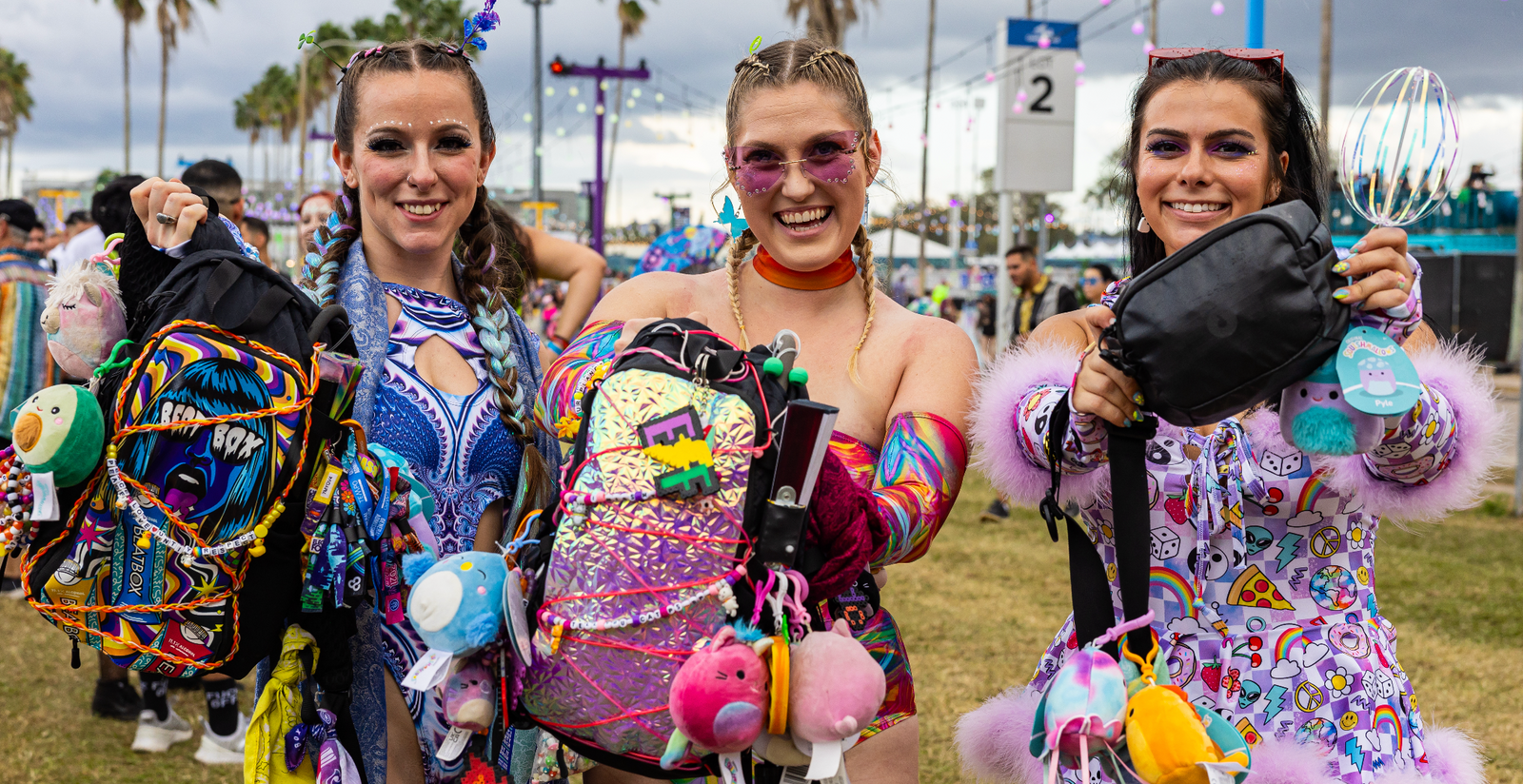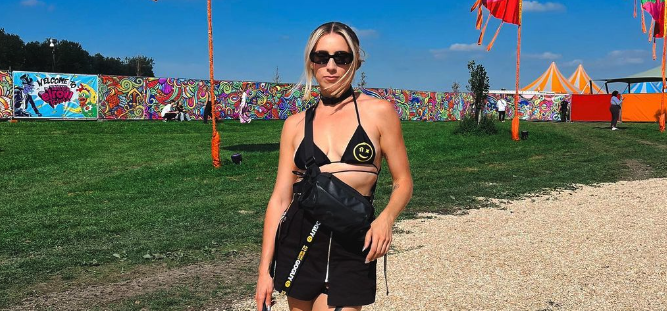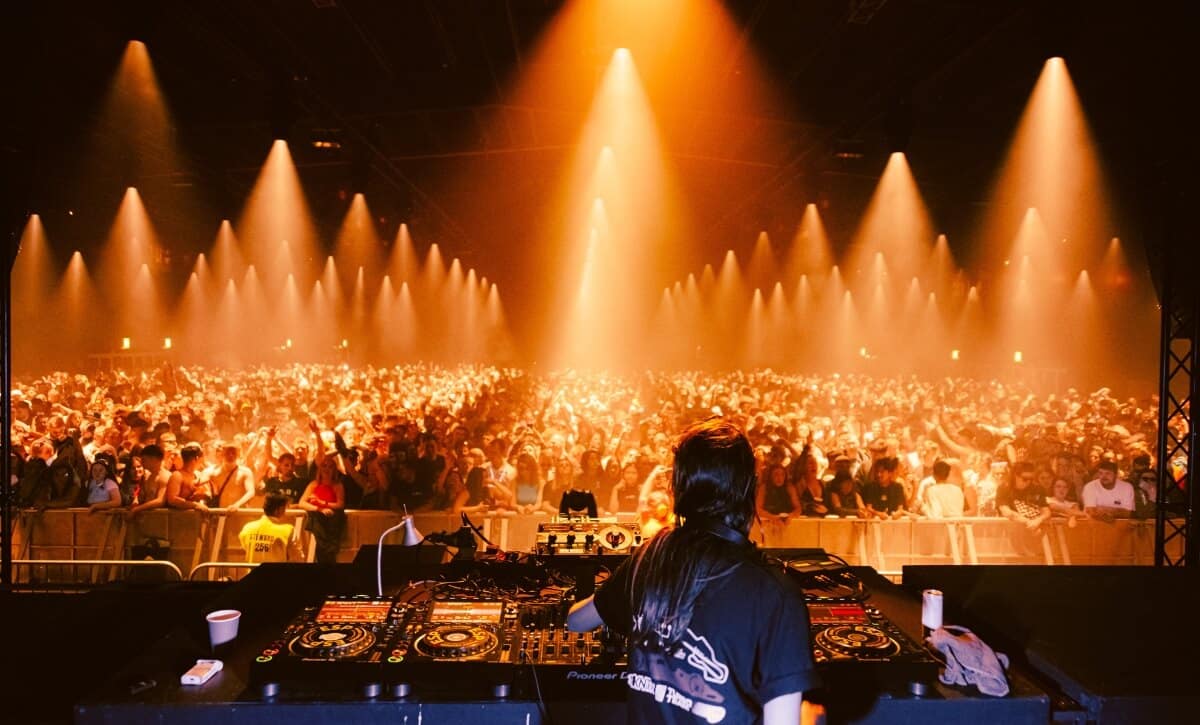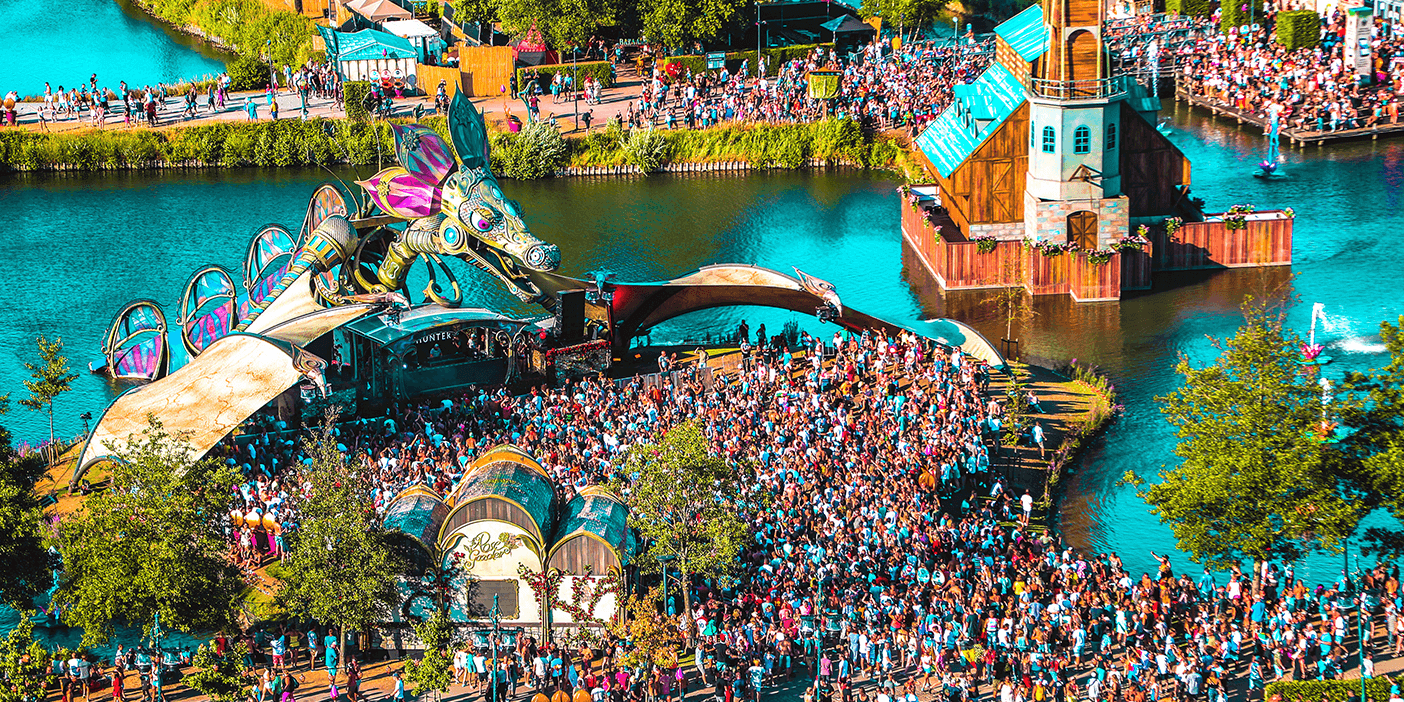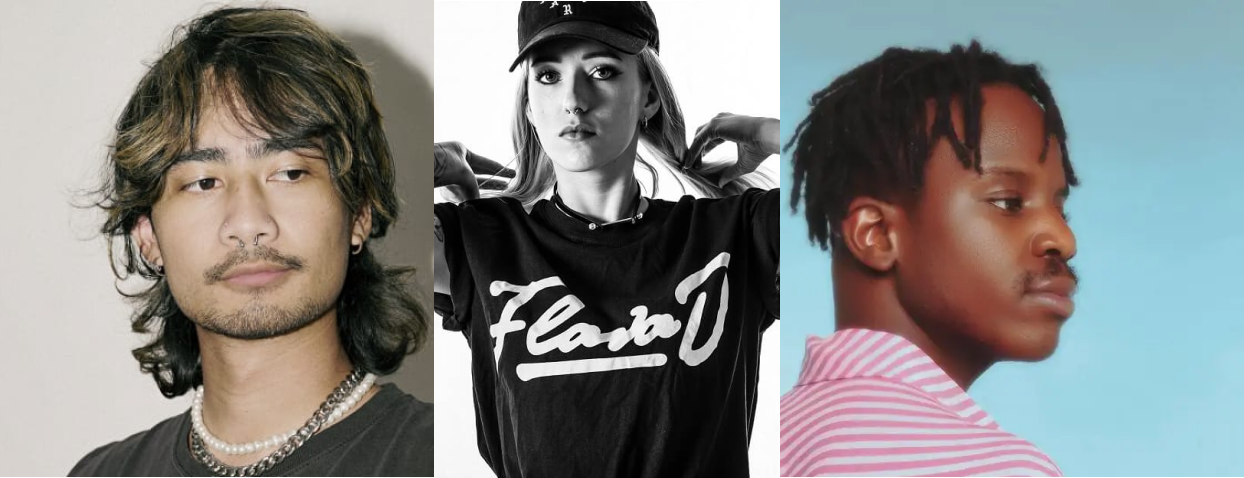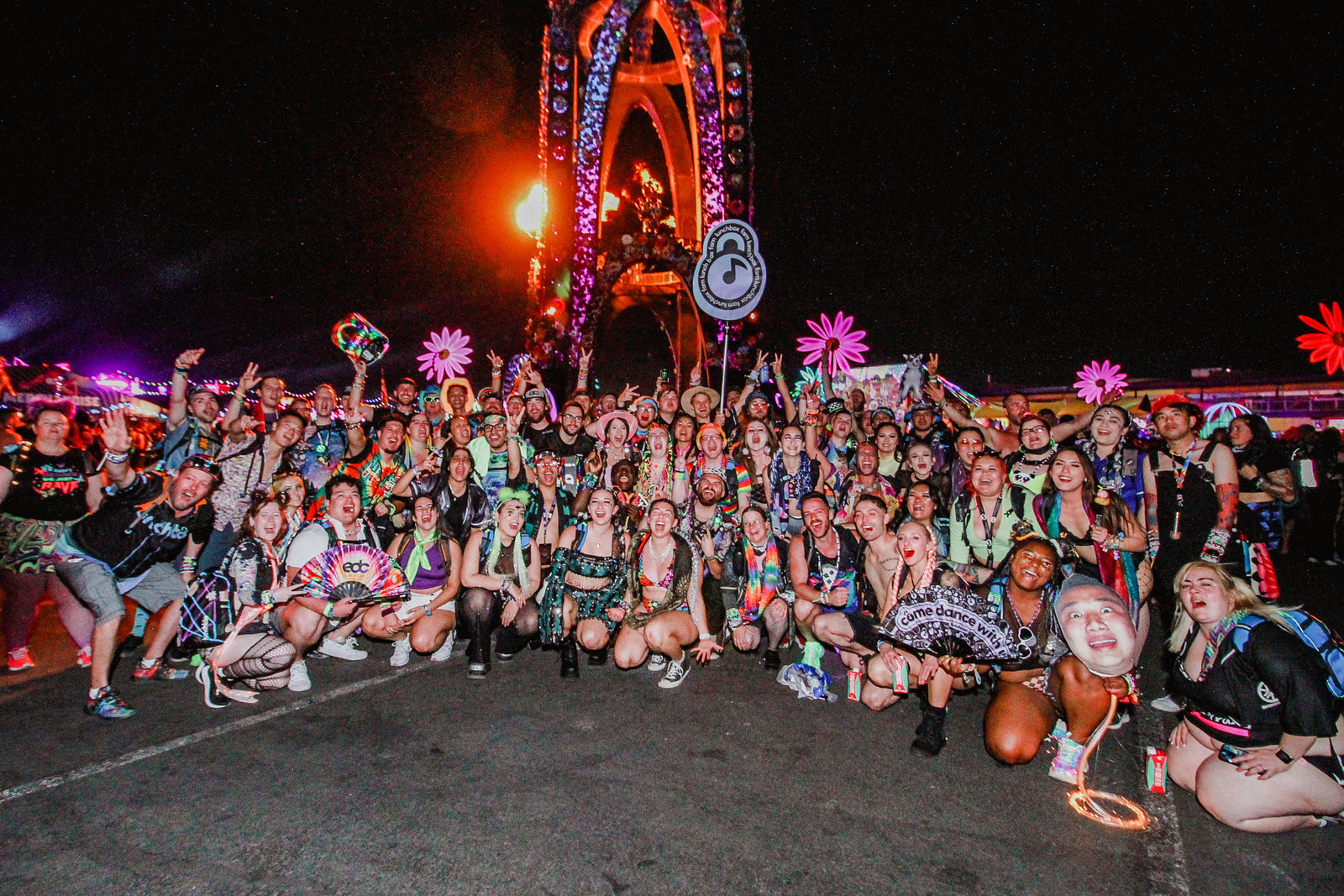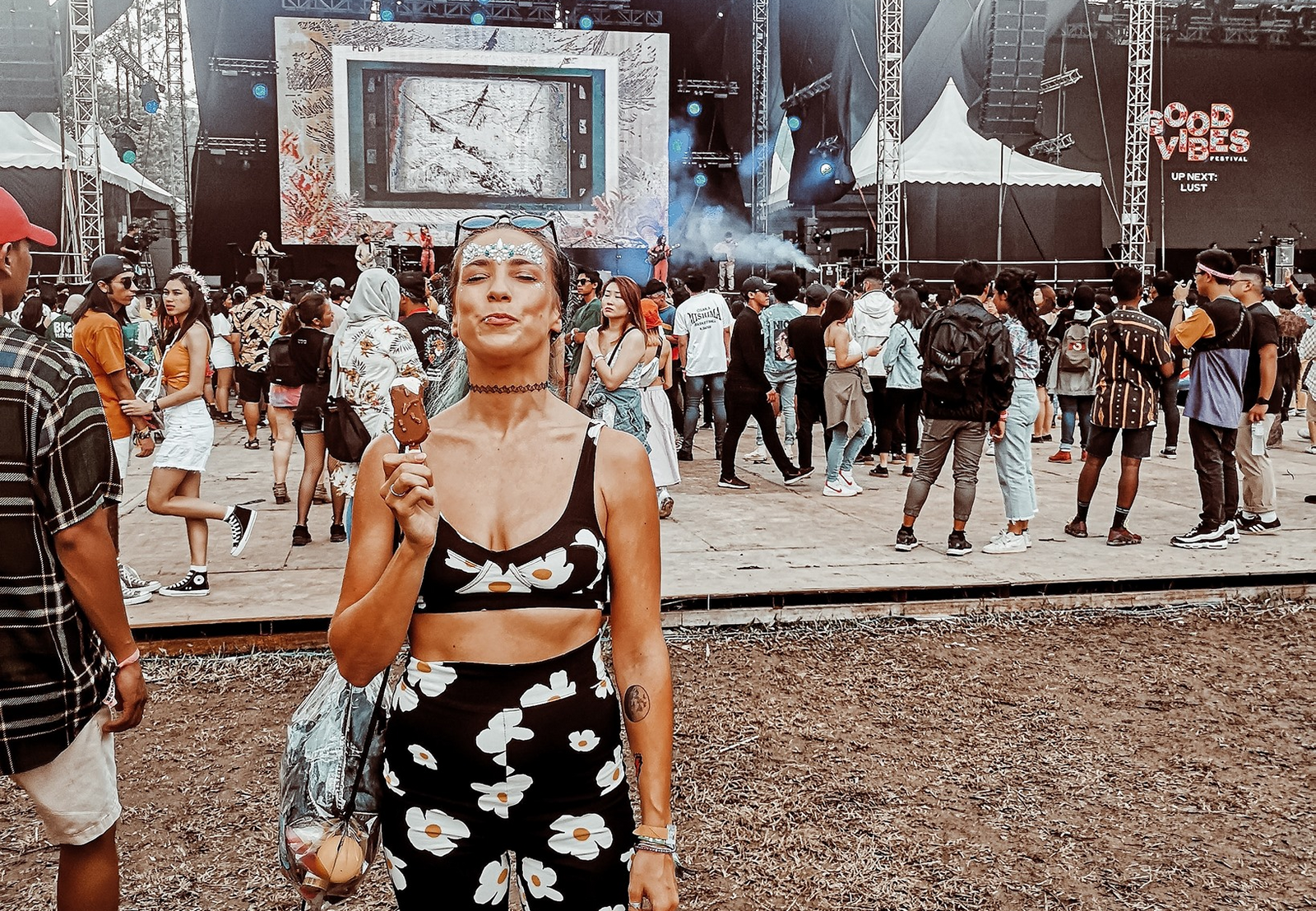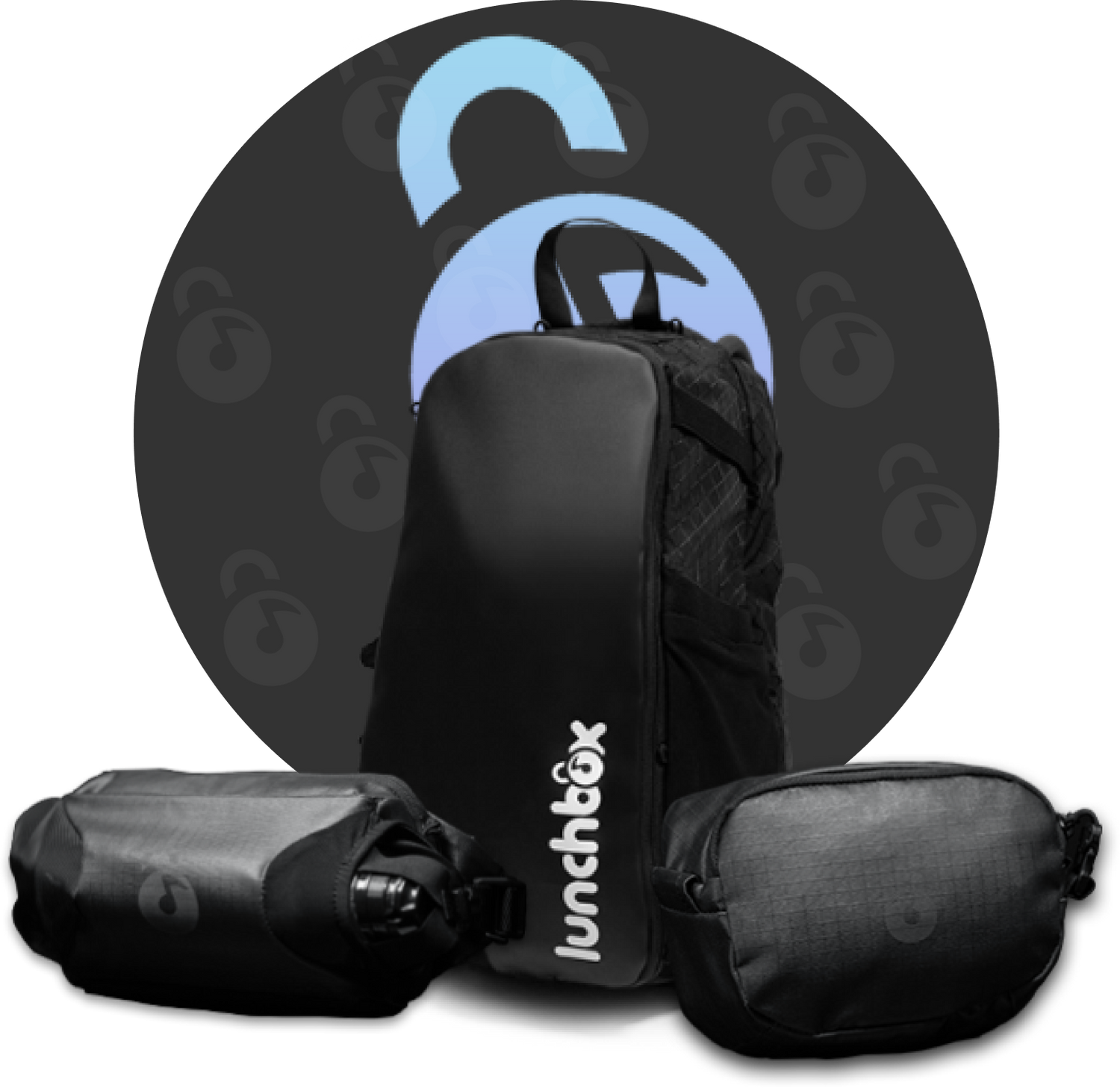Breaking Down the Popular EDM Music Genres
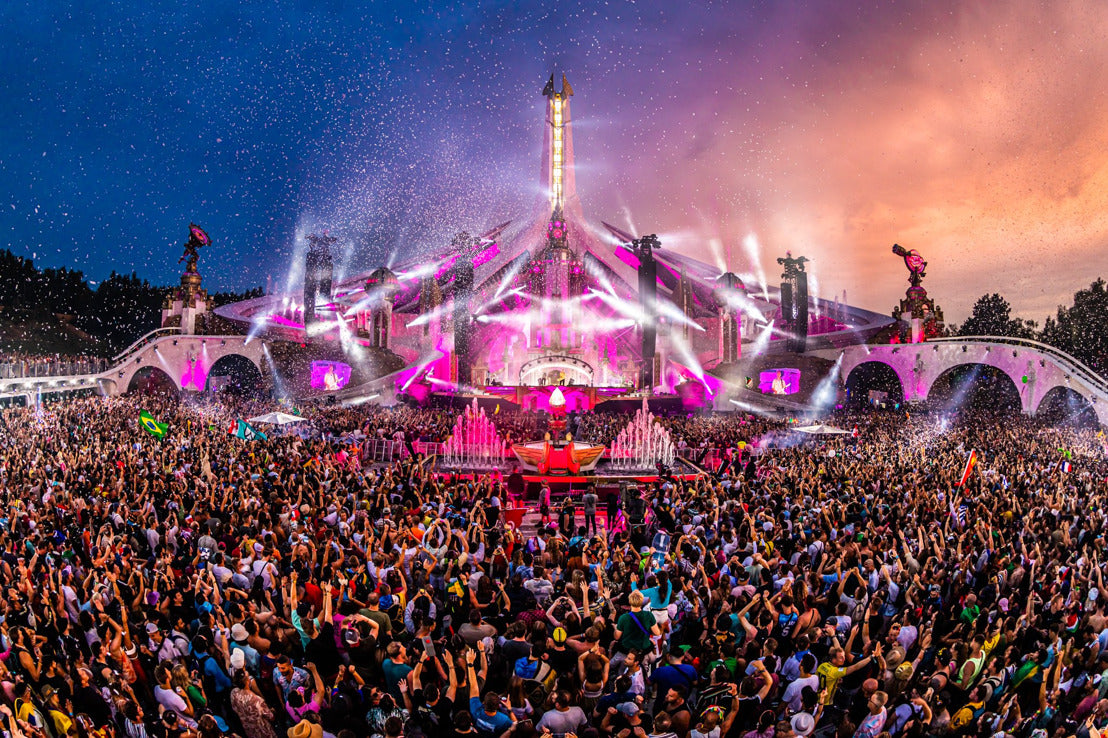
February 16, 2023
Written by Alex Dias, Guest Contributor
Dance music is expansive, and encapsulating the expanse into a singular umbrella term seems almost reductive. While EDM does seem like a good catch-all term, it fails to capture the spirit of a loosely related family of genres of music that each carry their sonic footprint. This failure of the mainstream to fully understand how broad dance music isn’t new. Before EDM, everything was electronica, and before that, it was all techno.
I’d like to think as dance music moves further into the mainstream, we can all agree—at the very least—to remove the umbrella term from the most prominent dance music genres and begin to call them by their names. Doing so further removes the stigma from our beloved culture that all of our music sounds the same. Because as anyone who decides to follow the path of the raver knows, dance music is a beautiful patchwork of sounds and styles.
Here, we’ll try and bring some deeper understanding to the most popular genres in the dance music realm.
House

CRSSD Music Festival - US
From the ashes of the disco, house music arose in the early 80s. Combining cast away technology like the Roland 808 and 909 drum machines and 303 bassline synth with soulful samples, Chicago artists like Frankie Knuckles, Farley “Jackmaster” Funk, Ron Hardy, and Larry Heard created the blueprint for 40 years of dance music. Defined by a steady four-to-the-floor kick drum, grooving funky basslines, and the shuffle of the high hats, house eventually branched off into its group of distinct regional styles.
From the squelching movement of an acid house bassline to the uplifting nostalgia of disco house, the genre’s sounds are as expansive as dance music. The current leader of the sound is tech house, a style that initially married the stark upfront drums of techno with the groovier elements of house music. The current stars of the genre like Fisher, John Summit, and Westend have found union between several sub genres of house music with a heavy emphasis on off-kilter synths and minimal beats.
Other sub genres include bass house, a heavier sound that puts the melodic weight on big grinding basslines, shuffling beats, and sampled vocals. Some examples of popular bass house artists are Mala, Matroda, and AC Slater.
Melodic house and deep house, cousins in the continuum, both lean heavier into the ethereal. Retaining the groove of house music with spacey emotive synths. Also called progressive house, the sub genre had its heyday in the late 90s but is experiencing a resurgence now under artists like Nora En Pure, Rufus Du Sol, CamelPhat, and Tale of Us.
Techno

Awakenings Music Festival - The Netherlands
The brutal industrial cousin of house music, Techno got its start in Detroit but owes its origins to Chicago as well. When Derrick May, Kevin Saunderson, and Juan Atkins (aka the Belleville Three) traveled to Chicago to investigate the burgeoning house music sound, they returned to Detroit inspired to inject the new form of dance music with the mechanical post-industrial sounds of Detroit.
Techno has always had a harder edge than house. The kicks thump harder, the music is more stark and minimal and defined by futuristic synths and otherworldly motifs.
Techno, too, evolved into a distinct set of sub genres as they cross-pollinated with each other. However, it’s a sound that, even after 40 years, retains the edge and impossibly cool factor. Pioneers like Richie Hawtin and Carl Cox still carry its torch. But newer artists like ANNA, Charlotte de Witte, 999999999, I Hate Models, and Amelie Lens are taking the genre into expansive new places while staying true to its roots.
Drum & Bass

Let it Roll Music Festival - Czech Republic
The rave movement coalesced in late 80s Britain when acid house traveled across the pond. As the raves got wilder and more frenetic, so did the music. Genres like breakbeat hardcore cast aside the 4/4 house beat for wild broken beats. They married the edgy basslines of acid with saccharine synths and vocals. The splintering scene allowed space for artists like Fabio, Grooverider, Goldie, and Andy C to infuse those broken beats with the sounds of Jamaican Sound System culture for a distinct, high-energy flavor. Jungle and Drum & Bass were born and are among the few genres that are distinctly European.
As is the theme, D&B is an expanse of sounds. Yet most are defined by high tempos, often around 160, broken beats, and thick grinding basslines. The culture of D&B and Jungle owe much to the African diaspora. And as such borrow heavily from its vast musical styles, including hip hop and reggae. D&B artists that continue to popularize the genre include Dimension, Bou, & Sub Focus.
Trance

Boom Festival - Portugal
Where techno took house and made it heavier, more technical, and futuristic, trance borrowed the edge from techno’s drums and flipped its off-the-wall soundscapes into synthesized symphonies. Trance is the beauty to techno’s darkness, and in the late ’90s and early ’00s, it reigned supreme in dance music with artists like Tiesto, Faithless, Paul van Dyk, Ferry Corsten, and even a young Armin Van Buuren. If you’re a fan of the build-up and the drop, you have trance to thank for that formulaic interplay of tension and release. And as much as trance stands alone as one of dance music's most euphoric, epic, and emotional genres, it borrows heavily from across the spectrum, bringing pop, classical, and house elements.
Take the vocals for trance records, for instance. While house borrows heavily from soul, R&B, and hip hop to inform its vocal approach, grandiose trance vocals soar over densely layered instrumentation taking notes from pop and opera.
It’s interesting to note that the term “Trance Music” derives from the genre’s early iteration in Goa, India. In the early ’90s, the region was home to its dance music style that blended techno elements with psychedelic music. It’s more closely related to psytrance, with its droning basslines, existential themes, and cosmic aesthetic. It wasn’t until the mid-’90s, when Paul Oakenfold and Paul van Dyk began to champion the genre, that it began to evolve into what we know as trance today.
Hard Dance

Defqon.1 - The Netherlands
To be fair, hard dance may be a bit broad for describing such an expansive group of genres, however, the many subgenres of hard dance— happy hardcore, hardstyle, gabber, hard trance, NRG, and hardcore —all contain several core elements. Heavy grinding and sometimes distorted kick drums pound at tempos ranging from 160 to 200 BPM or more. And depending on the genre, musical motifs can vary from the saccharine and often cheesy synths and vocals of happy hardcore to the dark and malevolent experimental undertones of gabber.
Hard dance is yet another example of the splintering of house and techno when they came to Europe. Interestingly it developed simultaneously in several cities at once. New York’s Lenny Dee launched the first hardcore label in the States, Industrial Strength, in 1991. While in Rotterdam, Paul Elstak founded Rotterdam Records. Meanwhile, in 1992, a rave in the Dutch city of Utrecht led to the formation of the label ID&T. The label evolved into a behemoth of rave culture, spawning events like Mysteryland, Tomorrowland, and Sensation.
Hard dance artists that have continued to popularize the genre here in the states include Brennan Heart, TNT, Code Black, Sub Zero Project, & Lady Faith.
Bass Music

Lost Lands - US
Easily one of dance music’s most popular and commercially viable genre groups, bass music encompasses a multitude of genres that focus on slow-burning beats, experimental soundscapes, and a heavy emphasis on low-end frequencies. The easiest inflection point for bass music is Skrillex and dubstep. However, its roots trace back much further than that. Dubstep is a direct descendant of UK garage, drawing on the influence of Jamaican Sound System culture, dub reggae, and jungle. Its earliest pioneers, like Plastician, Hatcha, Skream, Benga, Coki, and Mala, helped establish its weighty low-end wobble and sparse instrumentation.
Even trap music has its roots in the diaspora. Originally a product of Southern rappers like TI, trap was an 808-heavy style full of stuttering hi-hats and heavy synth work. As the genre evolved, it was taken in a new direction by dance music producers like DJ Snake and Flosstradamus, who infused it with Dutch house giving it an even edgier sound.
Today bass music is a myriad of genres, from hard hitting dubstep from Excision and Wooli, to beautiful future bass tracks from artists like Flume and Odesza, to the wildly manipulated bass sounds of experimental bass artists like Eprom and Liquid Stranger.









